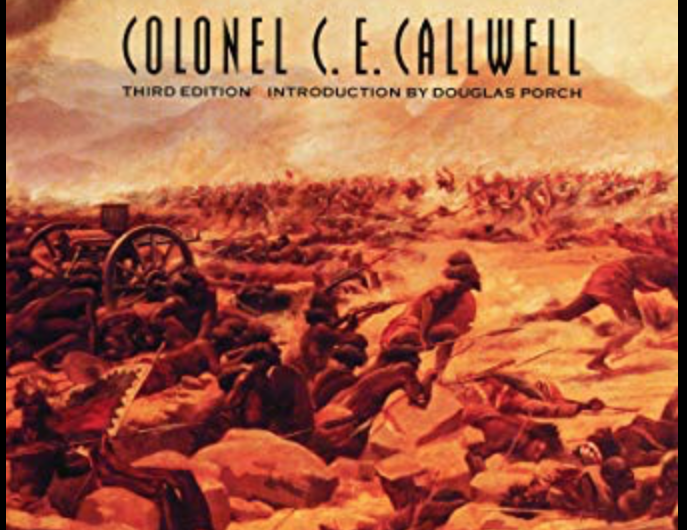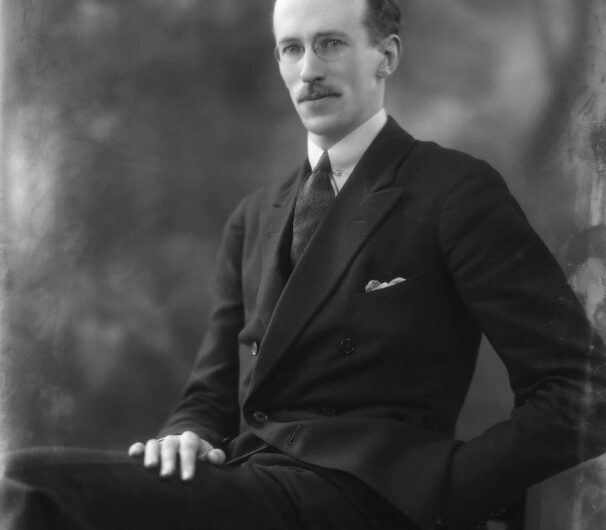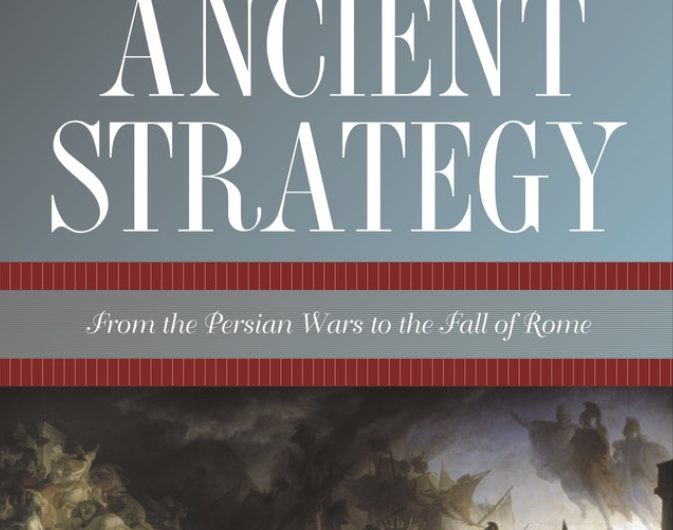

Book: Makers of Ancient Strategy: From the Persian Wars to the Fall of Rome
Makers of Ancient Strategy: From the Persian Wars to the Fall of Rome, edited by Victor Davis Hanson (Princeton University Press, 2010), is billed as something of a prequel to Edward Meade Earl's classic edited collection of essays on Makers of Modern Strategy (1943), beginning with Machiavelli. (Peter Paret, Gordon Craig, and Felix






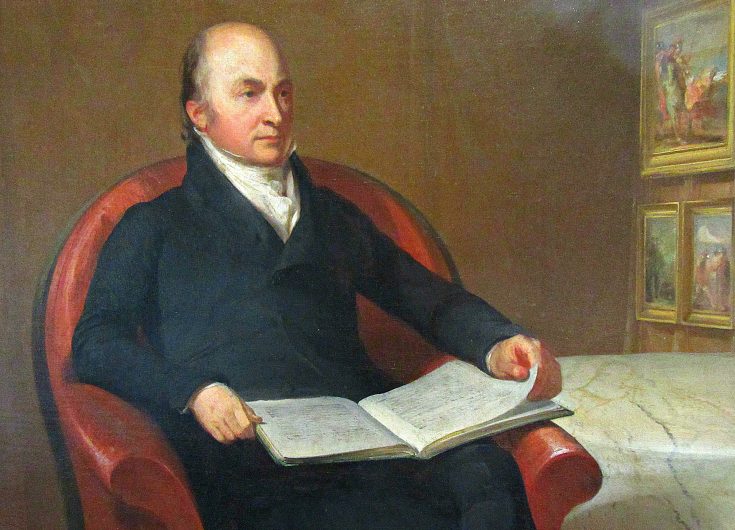
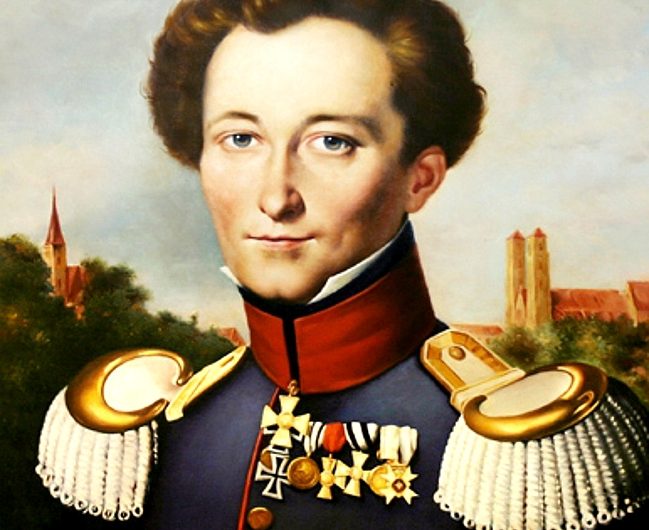
 In Clausewitz’s library, recorded in his wife Marie’s will, military publications naturally constitute a significant number among the volumes, including Vauban’s
In Clausewitz’s library, recorded in his wife Marie’s will, military publications naturally constitute a significant number among the volumes, including Vauban’s
